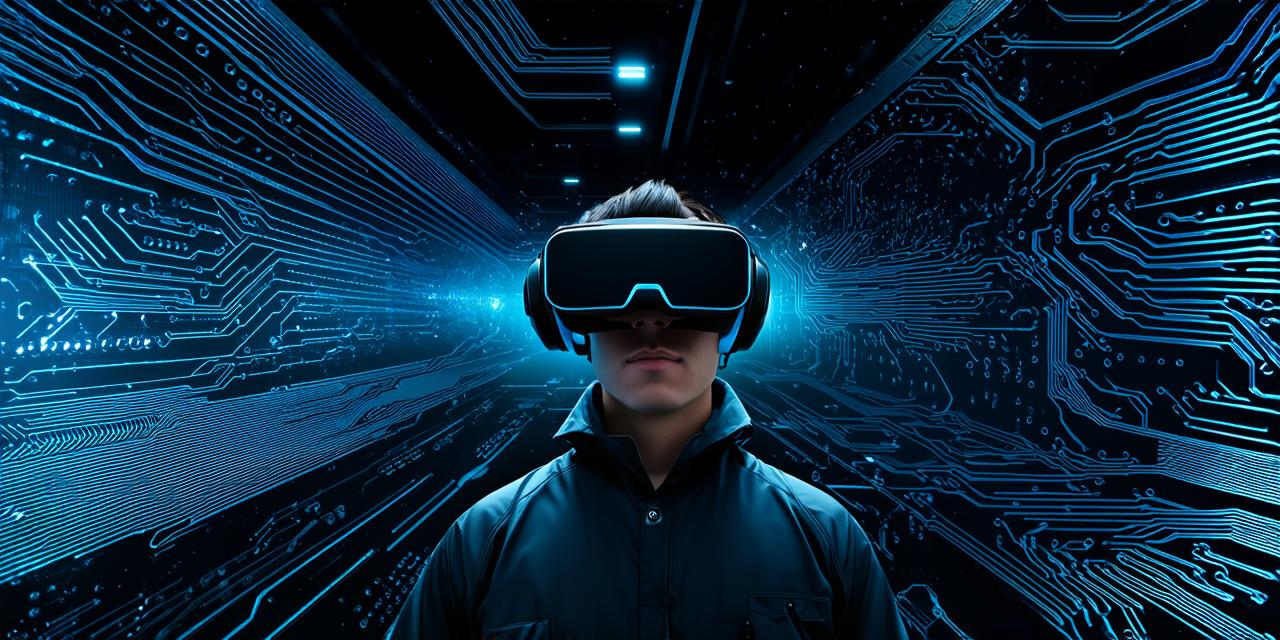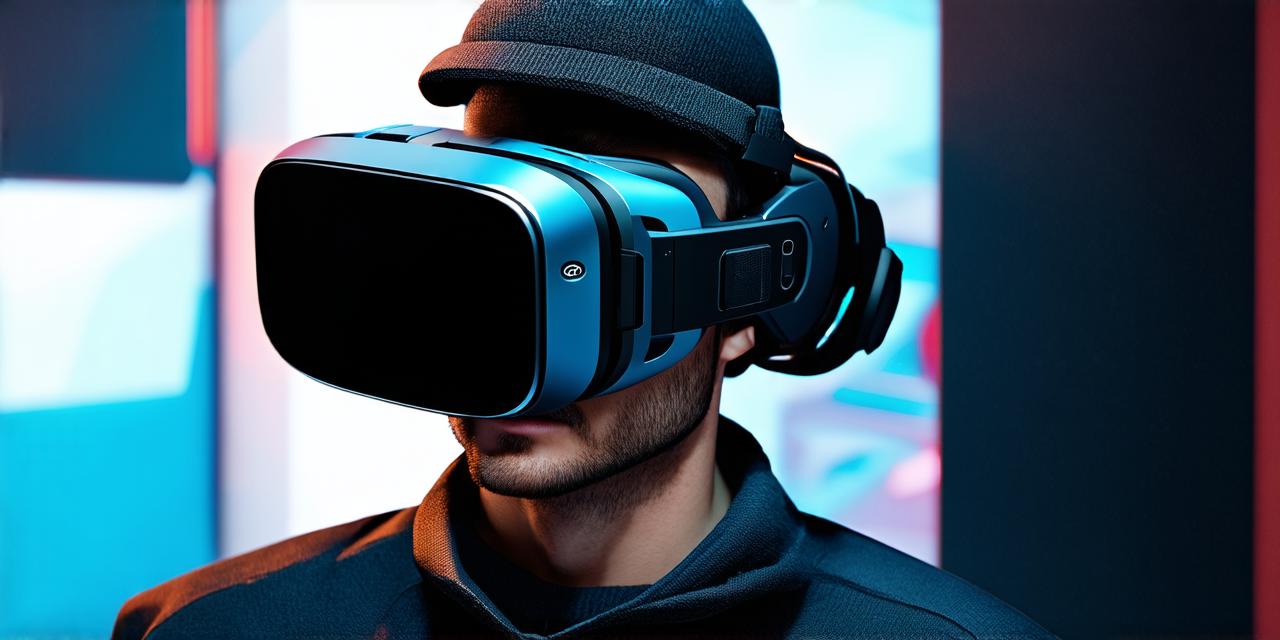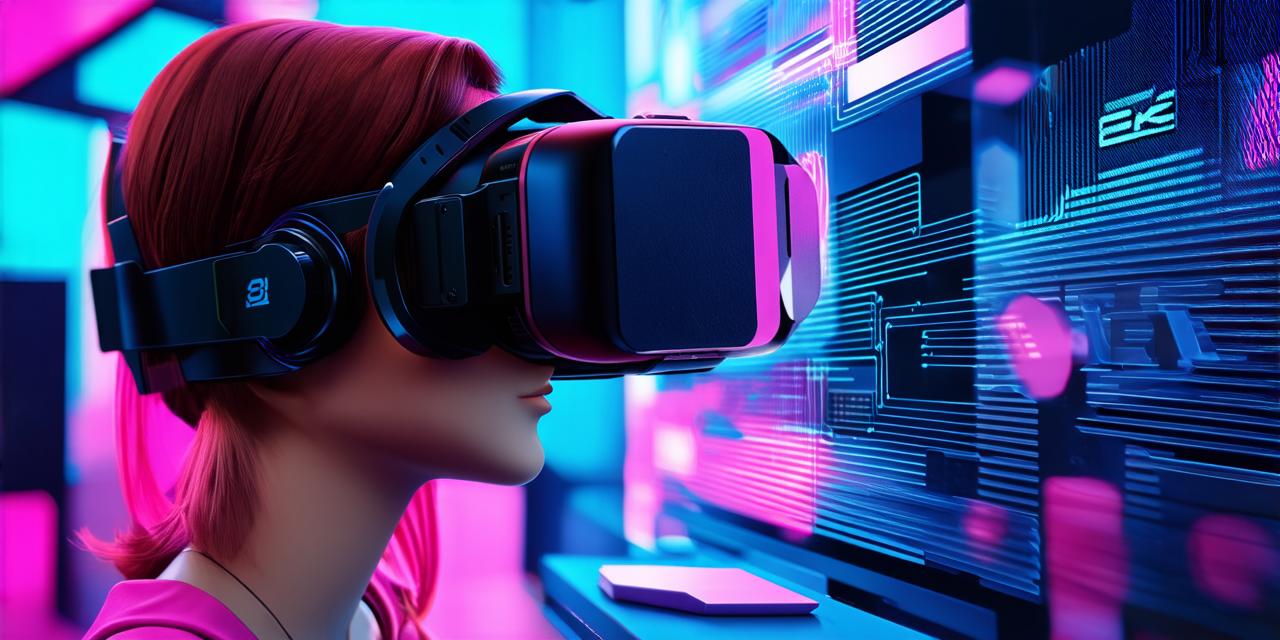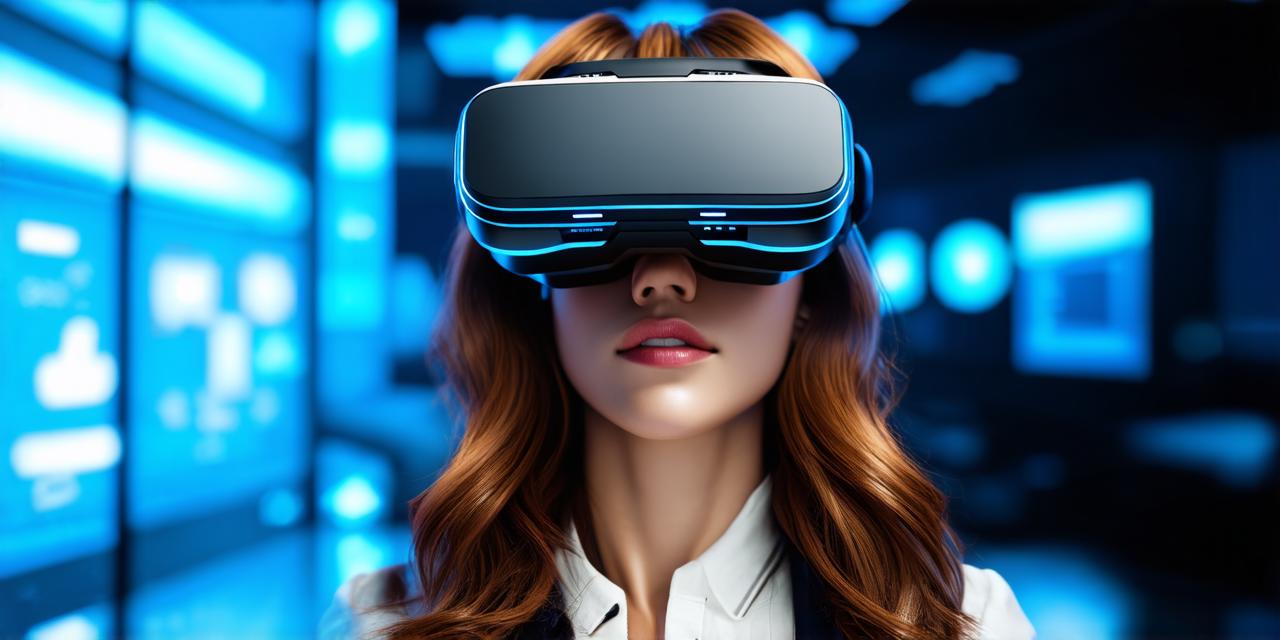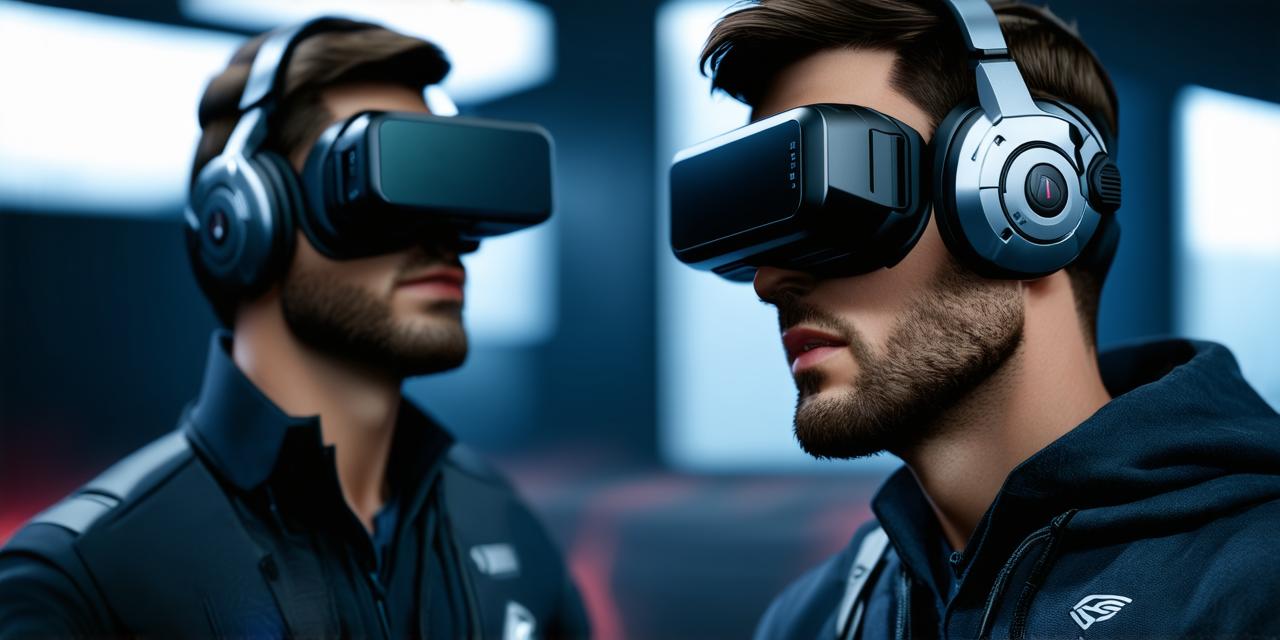Virtual Reality (VR) technology is becoming increasingly popular in various fields, including gaming, education, and healthcare.
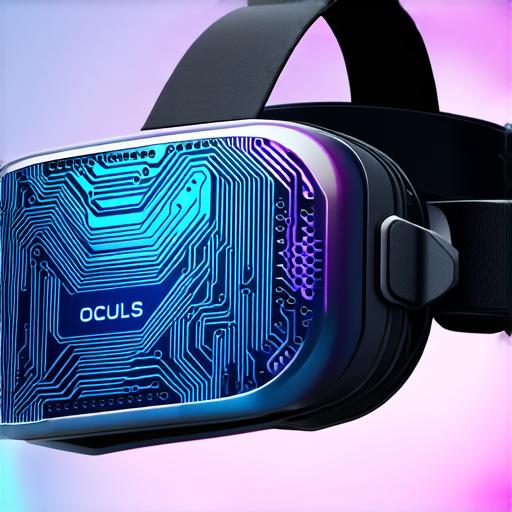
Introduction to Oculus VR Technology
Oculus VR is a California-based company that produces virtual reality headsets and accessories. The company was founded in 2012 by Palmer Luckey, who sold his first prototype to Facebook for $1 billion in 2014.
Oculus VR’s flagship product is the Oculus Quest 2, a standalone VR headset that allows users to experience virtual reality without a computer or console.
How Oculus VR Technology Works
Sensors and Cameras
The Oculus Quest 2 uses a combination of sensors and cameras to track the user’s movements and adjust the virtual environment accordingly. The headset has two high-resolution displays that are optimized for VR, with a refresh rate of up to 90 Hz.
The headset uses an array of sensors and cameras to track the user’s movements. These include gyroscopes, accelerometers, and depth sensors. The sensors provide data on the user’s position, orientation, and movement, while the cameras track the user’s hand movements and adjust the virtual environment accordingly.
Display Technology
The Oculus Quest 2 uses display technology that is specifically designed for VR applications. The headset has two displays, one for each eye, with a resolution of 1832 x 1920 pixels per eye.
The Oculus Quest 2 also uses a technology called “foveated rendering,” which allows the headset to render high-quality graphics only in the area where the user is looking. This reduces the amount of processing power required, making the headset more efficient and reducing the risk of motion sickness.
Software Development Kit (SDK)
The Oculus Quest 2 uses a software development kit (SDK) that allows developers to create VR applications for the headset. The SDK provides tools and libraries for developing games, applications, and experiences that can be accessed from anywhere.
The Oculus SDK supports a wide range of programming languages, including C++, Unity, and Unreal Engine. It also includes a set of APIs that allow developers to access the headset’s sensors and hardware, enabling them to create highly interactive and immersive experiences.
Hand Controllers
The Oculus Quest 2 comes with hand controllers that allow users to interact with virtual objects. The hand controllers are equipped with sensors that track the user’s hand movements, enabling them to grab, rotate, and manipulate virtual objects in a realistic way.
The hand controllers also include buttons and touchpads that can be used to perform actions such as selecting objects, interacting with menus, and triggering events. This makes it easy for users to engage with the virtual environment and create a sense of presence.
Real-Life Examples of Oculus VR Technology in Action
Gaming
Oculus VR technology is becoming increasingly popular in the gaming industry. The Oculus Quest 2 has been used to create some of the most immersive and interactive games ever made.
Education
Oculus VR technology is also being used in education to create highly immersive and engaging learning experiences. For example, the app “Anatomely” allows medical students to explore the human body in 3D, providing a more realistic and interactive way of learning about anatomy.
Healthcare
Oculus VR technology is being used in healthcare to treat conditions such as PTSD, anxiety, and depression. For example, the app “TherapeVR” uses virtual reality to create a safe and controlled environment for patients to confront their fears and overcome their conditions.
Benefits of Using Oculus VR Technology for AR Developers
Immersive Experiences
Oculus VR technology provides developers with the ability to create highly immersive and interactive experiences that can be accessed from anywhere.
Accessibility
The Oculus Quest 2 is a standalone VR headset that does not require a computer or console. This makes it highly accessible to users who do not have access to these devices or do not want to invest in them.
Cost-Effective
Compared to other VR headsets, the Oculus Quest 2 is relatively affordable, making it an attractive option for small businesses and individuals.
Wide Range of Applications
Oculus VR technology can be used in a wide range of applications, including gaming, education, healthcare, and more. This makes it highly versatile and adaptable to different needs and industries.
FAQs
What is the difference between Oculus Quest 2 and other VR headsets?
The Oculus Quest 2 is a standalone VR headset that does not require a computer or console. It has six degrees of freedom (6DOF) tracking, which allows users to move around in virtual space without any limitations. The headset also uses foveated rendering technology, which reduces the amount of processing power required and reduces the risk of motion sickness.
How does Oculus VR technology compare to other AR technologies?
Oculus VR technology is a type of immersive virtual reality (VR) technology that provides users with a fully immersive experience. Other AR technologies, such as augmented reality (AR), are more limited in their ability to provide a completely immersive experience. AR technologies typically overlay digital information onto the real world, rather than creating a completely artificial environment.
What kind of applications can Oculus VR technology be used for?
Oculus VR technology can be used for a wide range of applications, including gaming, education, healthcare, and more. It is highly versatile and adaptable to different needs and industries.
Summary
Oculus VR technology provides developers with the ability to create highly immersive and interactive experiences that can be accessed from anywhere. The Oculus Quest 2 is a standalone VR headset that requires minimal setup, making it highly accessible to users who do not have access to other devices or do not want to invest in them. With its wide range of applications and benefits, Oculus VR technology is an attractive option for AR developers looking to create innovative and engaging experiences.
